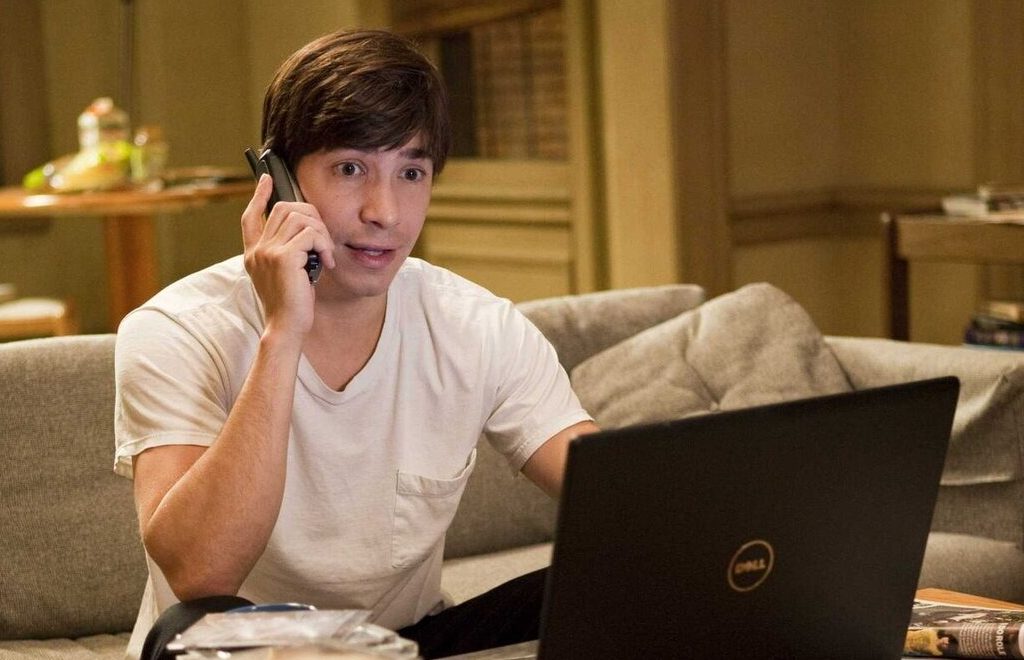For his first feature film, Barcelona-born Santi Trullenque dares to adapt a play by Agustí Franch which delves into the little-known history of Andorra during WWII. does it with ‘The Burning Cold’, nominated for the Gaudí Award for best feature film of the year, with which it tells the fear and horror experienced by the Andorran people being at the center of a border that separated barbarism from life. A proposal that also explores how the visceral hatreds typical of deep peoples can lead to real tragedies.

Despite being neutral in World War II, Andorra underwent several incursions by the Nazi army both to hunt down Jews and dissidents, refugees or interns who made them cross the border into Francoist Spain, neutral territory in the war conflict. The Pyrenean country is estimated to have had more than 50,000 displaced people who crossed its borders to escape the horror of Hitler’s Germany. Their situation was uncomfortable after the fall of France and the creation of the Vichy state, which it caused the Nazis roam freely in the territory of Andorra -despite its neutrality-, since Andorra is a principality and one of its co-princes (the French) was a collaborator.
Although Trullenque does not speak directly about these events, it is undeniable that they form an essential part of the film, since it tells how, in the winter of 1943 (half a year before the liberation of France), in a small town in Andorra, a married couple , Sara (Greta Fernández) and Antoni (Roger Casamajor), are forced to hide a family of Jewish refugees in the attic of their house. and how they will risk their lives when a Nazi colonel causes a panic in the area to find them.

Trullenque, who also signs together with Agustí Franch himself, creates a title in which the tension can almost be cut when shooting in the oppressive environment it produces. The director knows how to grasp the fear in which the Andorran people lived, prisoners of the feeling of impunity which resulted in these incursions into territory that was never officially occupied. With this exercise, Trullenque makes a film that values historical memory and gives voice to those anonymous heroes who risked their lives.
A little-known story that seeks its place on the big screen
Now, that premise was interesting, and Trullenque could well have played it along the line drawn by Fred Cavayé in the fabulous “Goodbye, Mr. Haffmann.” Hand, The director tries to give the film a touch of politeness, using the family problems and secrets of the protagonist couple as a central plot., highlighting how hatred and resentment in countries are something hereditary and how they served to create false accusations in times of war. Trullenque gets too lost in these details, leaving in the background the reality of a country that has experienced incursions into its territory despite its declared neutrality.

And it is the desire to be two films that puts it in no man’s land. Ultimately, the Nazi storyline ends up being a caricature, with a flat villain full of mannerisms that Daniel Horvath defends as best he can. Its actors are the ones who save the film, starting with Greta Fernández, whose gaze is hypnotic, has a role whose inner strength comes from the survival instinct, making his role the one that evolves the most and best. It is she who, in the end, ends up protecting the country, with the double burden of being pregnant. What could be fragility, Trullenque turns into strength, being one of the main virtues of the film.
Added to this is a careful technical aspect. His photography, the work of Àlex Sans, knows how to reproduce the harshness of winter, transforming the film into a sort of glacial Western cinema; its artistic direction and scenography, signed by Albert Arribas Forcada, knows how to create the rural atmosphere typical of cities, with the added feeling of war; her wardrobe, designed by Anna Mangot, is sublime. It is also this section that elevates the movie and avoids the feeling of watching a TV movie.
‘The Burning Cold’ errs on excessive ambition. Wanting to be two films leads him to remain halfway through his intentions. Despite this, Trullenque displays an aesthetic care that could well make him a remarkable director of period films. Added to this is a good direction of the actors, with a cast fully delivered to their roles.
Note: 6
The best: Its technical section and the hypnotic gaze of Greta Fernández.
Worse: It remains halfway in the story of the grievances of the peoples and in the portrait of the situation of Andorra in the Second World War.
Source: E Cartelera
Lloyd Grunewald is an author at “The Fashion Vibes”. He is a talented writer who focuses on bringing the latest entertainment-related news to his readers. With a deep understanding of the entertainment industry and a passion for writing, Lloyd delivers engaging articles that keep his readers informed and entertained.




